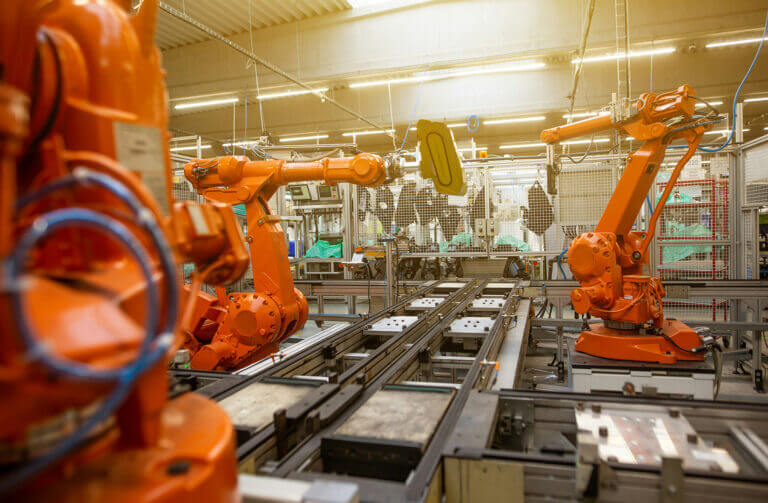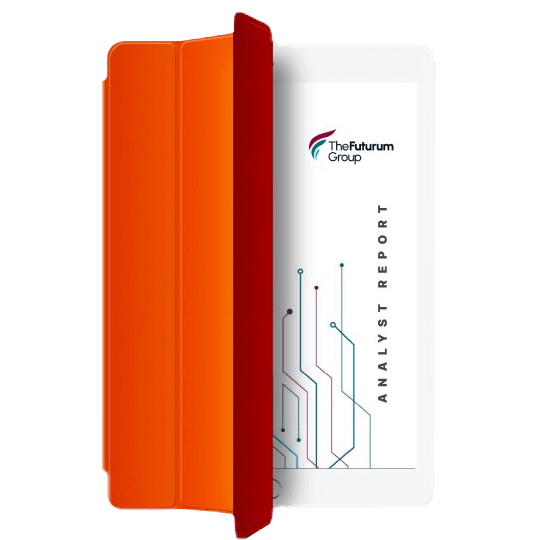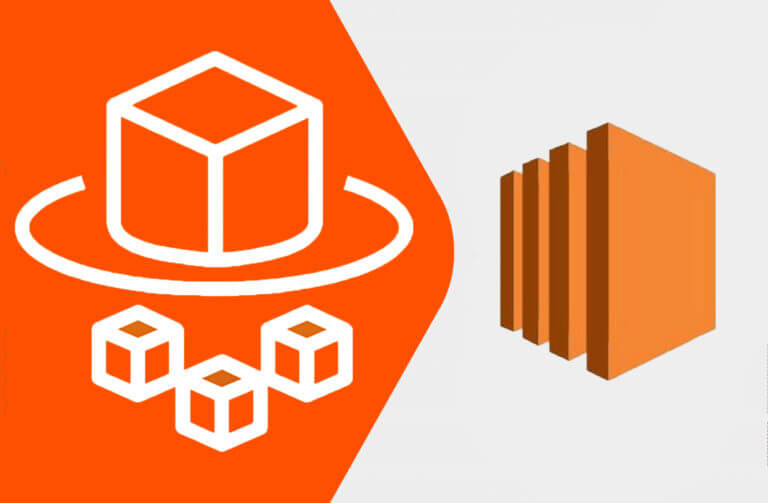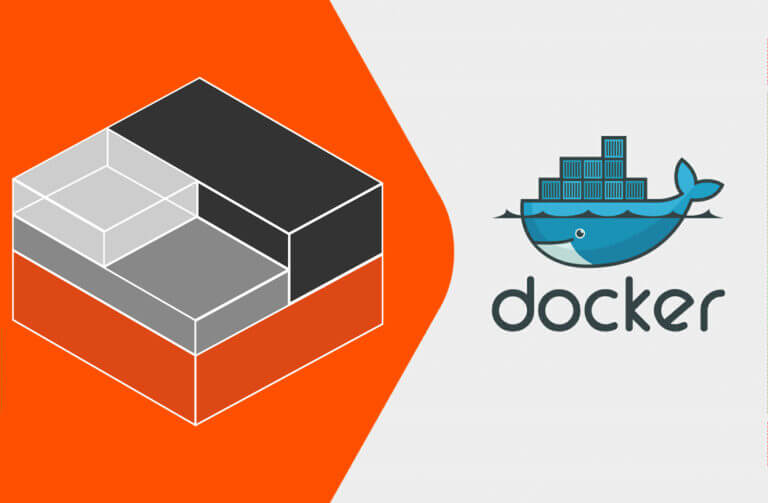Summary
Automation and orchestration are two key concepts in IT that deliver many benefits. While automation streamlines workflows, orchestration involves linking automated tasks to operate more efficiently and effectively.
The best way to think of the difference between IT orchestration and IT automation is to think of a typical automobile factory: The automation part is each task happening automatically via manufacturing floor robots. The orchestration part is the linking of those completed tasks to put the entire car together.
So, automation is essentially the building blocks of orchestration. Automation can exist without orchestration, but orchestration can’t exist without automation.
Orchestration and automation are massively important in the world of DevOps because they enable agile and accurate process execution across CI/CD pipelines—two key goals of any DevOps team. Typically, the team will first automate small technical tasks and then orchestrate entire IT workflows to:
- Accelerate go-to-market and feature releases
- Reduce deployment times and outages
- Dramatically speed up provisioning
Read on to learn the definition of each, their benefits, and how Portworx® by Pure Storage enables streamlined automation and orchestration.
What Is Orchestration?
Orchestration, in a broad sense, refers to the coordination and management of multiple tasks, systems, or components to achieve a desired outcome efficiently and effectively. This concept is prevalent in various fields, including music, logistics, and software development.
In the context of computing, container orchestration specifically refers to the management of containerized applications, where containers encapsulate an application and its dependencies, making it portable and scalable across different computing environments.
Benefits of Orchestration
An important part of AI automation, container orchestration platforms like Kubernetes, Docker Swarm, and Apache Mesos provide tools and frameworks to automate the deployment, scaling, and management of containerized applications. These platforms abstract away the complexities of managing individual containers and enable developers and operations teams to focus on building and running applications.
Container orchestration allows organizations to:
- Automate deployment by ensuring that applications are deployed consistently and efficiently across different environments.
- Improve and more easily manage scalability by enabling automatic scaling of applications based on demand, ensuring that resources are utilized optimally without manual intervention.
- Ensure applications remain accessible even in the event of failures by providing mechanisms for fault tolerance and high availability.
- Facilitate service discovery and networking by allowing containers to communicate with each other seamlessly.
- Enable continuous delivery by helping organizations release software updates rapidly and reliably.
Taken together, all of these have the potential to give organizations a significant competitive advantage.
Real-world Examples of Orchestration
Real-world examples of orchestration in different industries include:
- Cloud computing: Cloud providers use orchestration platforms to manage large-scale infrastructure and deploy services across distributed data centers.
- E-commerce: Online retailers leverage orchestration to manage inventory, process orders, and handle shipping logistics efficiently.
- Finance: Financial institutions use orchestration to automate trading processes, manage risk, and ensure compliance with regulatory requirements.
- Healthcare: Healthcare organizations employ orchestration to manage patient records, schedule appointments, and coordinate healthcare services effectively.
- Manufacturing: Manufacturers use orchestration to streamline production processes, manage supply chains, and optimize resource utilization.
Orchestration has become an incredibly useful tool across industries. Essentially, companies can use it for any process that involves linking automated tasks.
What Is Automation?
Automation refers to the use of technology to perform tasks or processes without human intervention. It involves creating systems, scripts, or tools that execute actions or workflows automatically based on predefined rules or triggers.
Benefits of Automation
Automation offers many benefits in IT and DevOps that combine to streamline workflows, enhance efficiency, reduce errors, and boost productivity.
Automation is particularly useful in containerized environments, providing the benefits of:
Error Reduction
Human errors are inevitable, but automation significantly minimizes the chances of mistakes occurring in repetitive tasks. By automating routine processes like software deployments or system configurations, the likelihood of configuration drifts or misconfigurations decreases substantially. This reliability ensures consistent performance and reduces the risk of costly downtimes or security breaches.
Time Savings
Automation frees up valuable time for IT and DevOps professionals by automating time-consuming manual tasks. For instance, provisioning infrastructure resources, managing server configurations, or deploying code updates can be automated, allowing teams to focus on higher-value activities like innovation, problem-solving, and strategic planning. This acceleration of processes leads to faster time to market for products and services.
Increased Productivity
With automation handling repetitive tasks, teams can allocate their resources more efficiently. This increased productivity enables faster development cycles and quicker response times to issues or changes in the environment. Moreover, automation allows for better scalability, as systems can dynamically adapt to fluctuating workloads without requiring constant manual intervention.
Continuous Integration and Continuous Deployment (CI/CD)
Automation tools like Jenkins, GitLab CI/CD, and CircleCI automate the build, test, and deployment phases of software development. This streamlines the delivery pipeline, ensuring rapid and reliable releases.
Infrastructure as Code (IaC)
Technologies like Terraform and Ansible automate the provisioning and configuration of infrastructure resources, enabling consistent and repeatable deployments across development, testing, and production environments.
Configuration Management
Tools like Puppet, Chef, and Ansible automate the management and enforcement of system configurations, ensuring consistency and compliance across distributed IT environments.
Monitoring and Alerting
Automated monitoring solutions like Prometheus or Nagios continuously monitor system performance and health metrics, triggering alerts or automated remediation actions in case of anomalies or failures.
Data Management
In data-centric environments, automation plays a crucial role in data integration, ETL (extract, transform, load) processes, and data pipeline orchestration. Tools like Apache Airflow and AWS Glue automate the scheduling and execution of data workflows, ensuring timely data processing and analysis while reducing manual errors.
Security
Automation enhances security posture by automating vulnerability assessments, patch management, and compliance checks. Security automation tools like Ansible Security Automation or Palo Alto Networks’ Cortex XSOAR automate incident response workflows, accelerating threat detection and remediation processes.
Automation and Kubernetes
Kubernetes is a powerful open source container orchestration platform that automates many aspects of container deployment and management.
Kubernetes automates tasks such as:
- Scheduling: Kubernetes automatically schedules containers onto nodes in the cluster based on resource availability and constraints.
- Load balancing: Kubernetes automatically configures load balancers to distribute traffic across containers running in the cluster.
- Scaling: Kubernetes can automatically scale the number of replicas of a container based on CPU or memory usage metrics.
- Service discovery: Kubernetes provides built-in service discovery mechanisms that enable containers to discover and communicate with each other without manual configuration.
- Self-healing: Kubernetes monitors the health of containers and automatically restarts or reschedules them in case of failures.
How Portworx Enables Streamlined Container Orchestration and Automation
If you run applications on Kubernetes, then you need to look into Portworx, a fully integrated, container-native storage platform designed for automated capacity management on Kubernetes.
Portworx enables you to run any cloud-native data service, in any cloud, using any Kubernetes platform, with built-in high availability, data protection, data security, and hybrid-cloud mobility.
Learn why Portworx was named a leader in enterprise Kubernetes data storage four years in a row by GigaOm.
![]()







